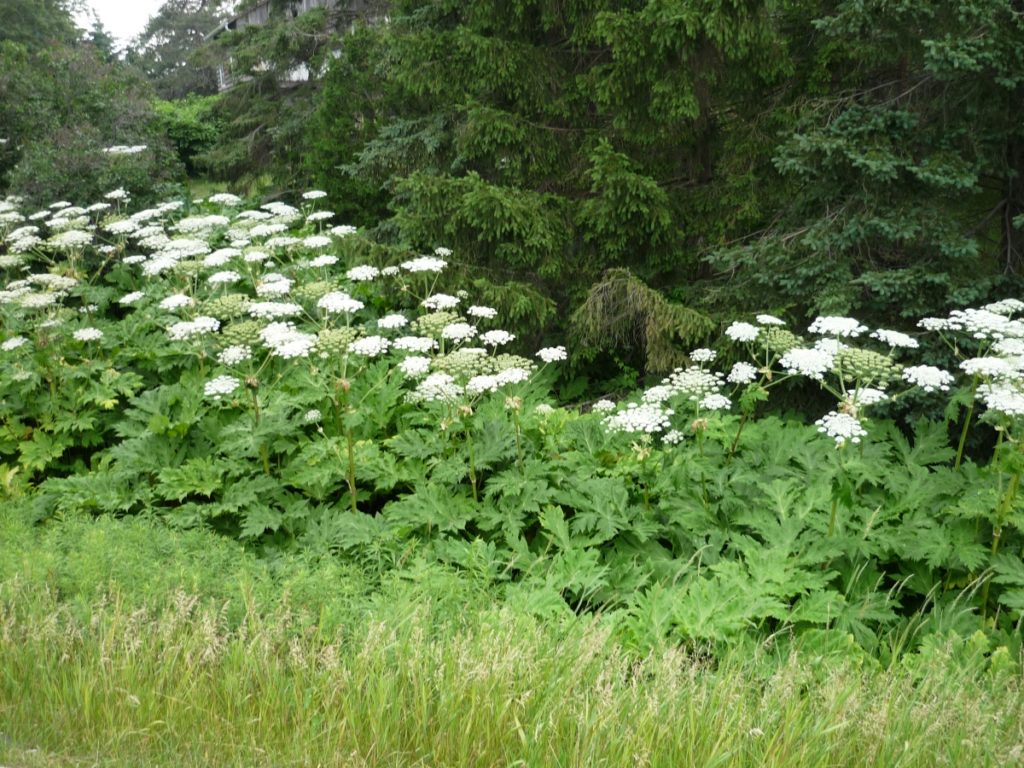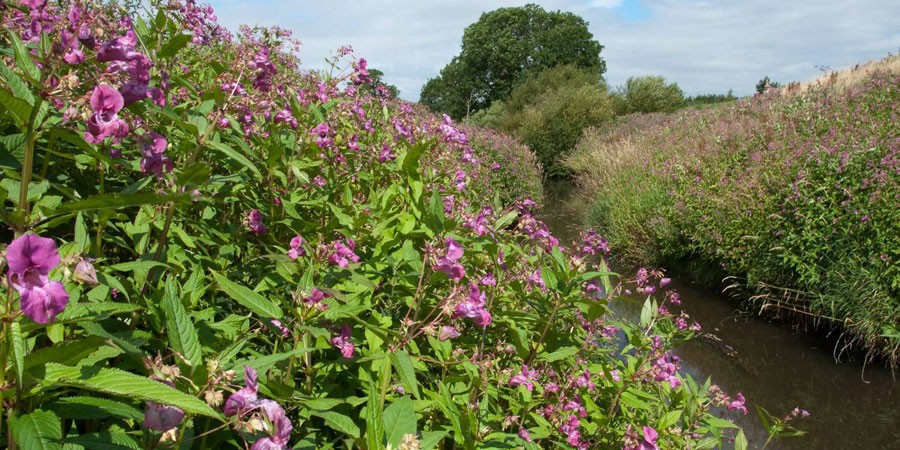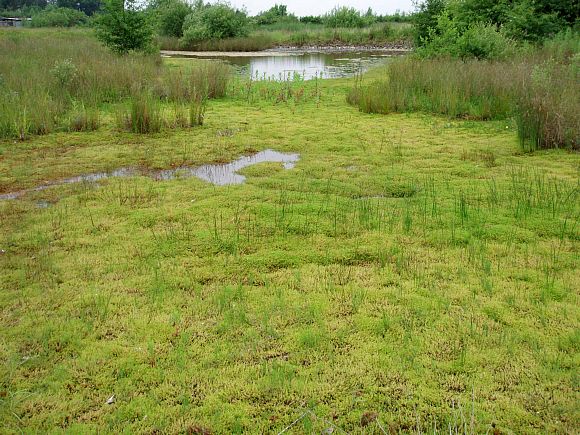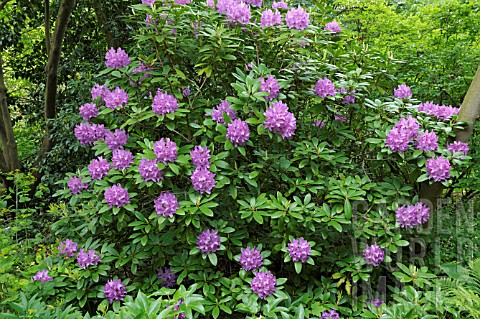Introducing non-native species in to a country can have catastrophic consequences on the environment and eco-systems, as proven many times throughout history. The consequences can be so detrimental that The British Ecological Society published a paper on the impacts that introducing non-native species can have.
Luckily, in Britain we are aware of most of the invasive plant species that we need to keep an eye on, so we’ve compiled a list of some of the most problematic plants. There are however hundreds of plants to watch out for, so if you’re worried about plants or trees that may have already taken over, contact one of our Manchester tree surgeons.
1. Japanese Knotweed
It goes without saying that Japanese Knotweed is a problem plant, so much so that it’s an offence against the 1981 Wildlife & Countryside Act to grow it. Whilst it isn’t poisonous, the main issue with it is that it can grow up to 10cm per day and can therefore cause serious damage to buildings, paving and structures. In fact, the damage can be so severe that some mortgage lenders will refuse to lend money on a property that contains it.

To remove Japanese Knotweed you should try to dig it out at the root, however since the roots can spread so far this can sometimes be extremely tricky. If this is the case, Glyphosate (you can find it in B&Q under the name ‘Round Up’) will help. You spray it on the leaves and then the rest of the plant absorbs it, although this method can take a few years to remove it completely.
2. Giant Hogweed
Although giant hogweed can look rather attractive, it can be pretty dangerous. Its sap is toxic, which can cause burns or blisters if it comes in to contact with the skin. If you do get the sap on your skin, it can also make you more sensitive to sunlight and can lead to blindness if it gets in the eyes.

Aside from the negative impacts on a person’s health, it can also be incredibly invasive, with each flower being able to produce around 50,000 seeds. This means it spreads and grows easily, which can negatively impact surrounding plants and species. Because of its toxicity, it’s best not to handle or try to remove it yourself, we would instead suggest contacting one of our tree surgeons in Manchester for advice.
3. Himalayan Balsam
Like with giant hogweed, the Himalayan Balsam can look appealing, with it producing an array of pink flowers, but this too is a plant that you need to keep your eye on.
One plant is said to be able to spread 2,500 seeds and considering they can ‘launch’ them to a distance of over 7 metres, you can imagine how problematic they can be.

As with other invasive species the main problem is that they wipe-out other plant species, growing up to 3 metres high and drowning out any sunlight for smaller plants. With not enough of our wildlife consuming it, this can have a severe impact on the environment.
In fact it spreads so easily that local councils are encouraging everyone to remove it if they come across it. As it’s an annual plant you can simply snap it and dispose of it, ensuring you don’t spread any of its seeds in the process. You will usually find Himalayan Balsam along river banks or around ponds, as they particularly like damp places.
4. New Zealand Pigmyweed
New Zealand Pigmyweed is an aquatic plant that can cause havoc in still water, such as lakes and ponds or even slow moving water, such as canals.

This plant doesn’t just have a severe impact on other plants, but also animals, such as frogs, fish and newts. The plant forms incredibly dense mats on the surface of water, as well as up to 3 metres under it. This essentially starves the water of oxygen, which in extreme causes can kill all other life, especially in small ponds.
Luckily, it isn’t that common in the UK, however if you spot it you should dispose of it as soon as possible.
4. Rhododendron
Finally the last invasive species on the list if one we didn’t really want to include, because it’s a firm favourite amongst many (including ourselves). Unfortunately though Rhododendron is classed as an invasive species due to its rapid growth in woodlands.
Due to the spread of rhododendrons, as well as the heights which they can reach, they block out light for smaller plants.

Unlike other invasive species mentioned on this list, we don’t recommend you completely remove or kill rhododendrons but instead take extra care to manage their growth, trimming and pruning them regularly.
There are also various community woodland groups, as well as other initiatives, which give people the opportunity to manage local woodlands – and plants such as this one.
Whilst the plants we’ve mentioned above are 4 of the worst, there are around 100 other varieties of plants that are known to be invasive, so if you’re planning on planting something that typically isn’t common in the UK, make sure you do your research first.
For any extra advice, or for assistance removing any unwanted plants, contact our tree surgeons in Stockport today.
